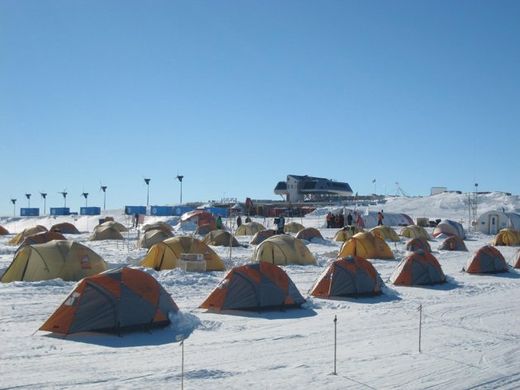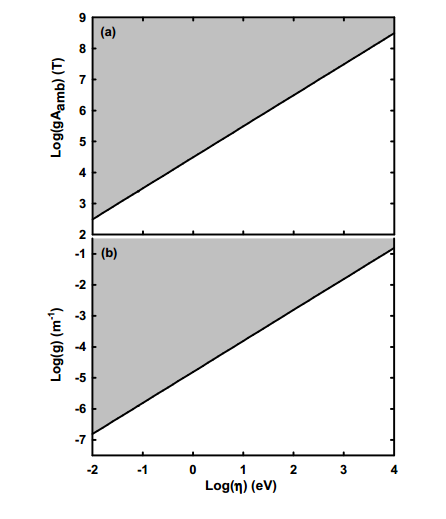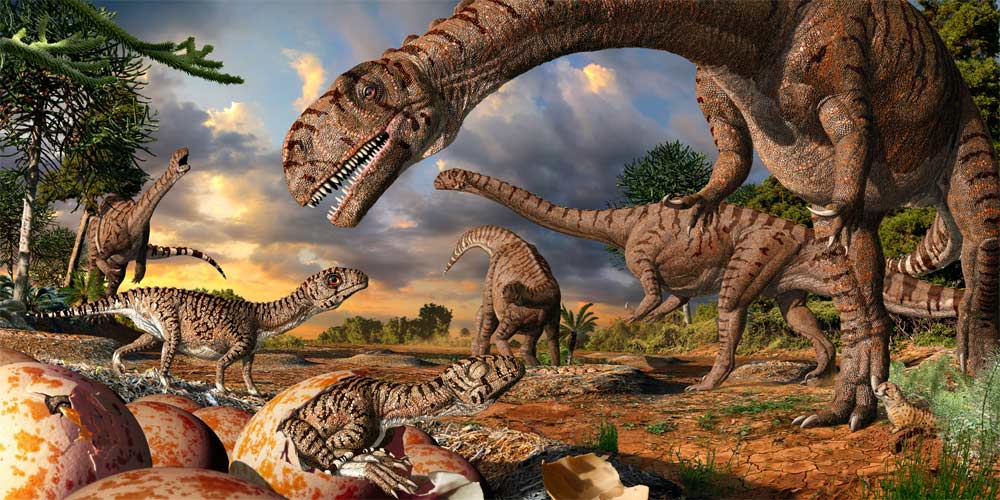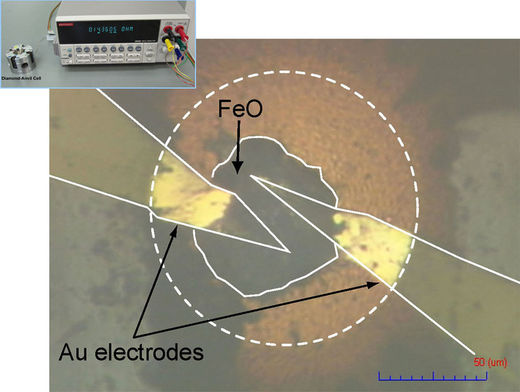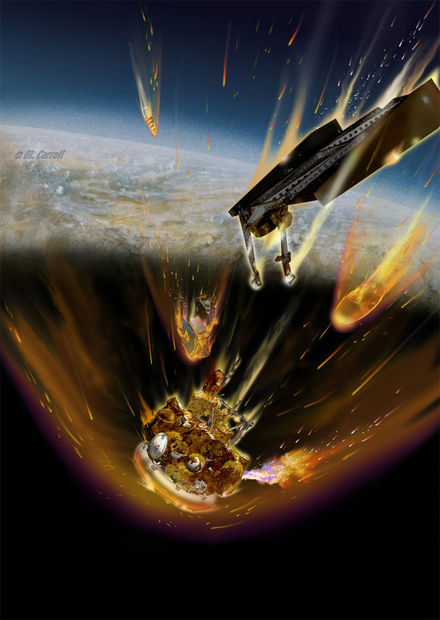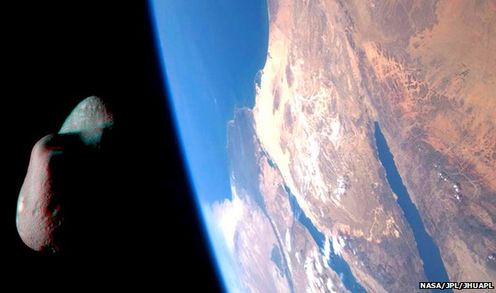
© NASA/JPL/JHUAPL
is a new international project that will assess the threat posed by Near Earth Objects (NEO) and look at the best possible solutions for dealing with a big asteroid or comet on a collision path with our planet.
The effort is being led from the German space agency's (
DLR) Institute of Planetary Research in Berlin, and had its kick-off meeting this week.
It will draw on expertise from across Europe, Russia and the US.
It's a major EU-funded initiative that will pull together all the latest science, initiate a fair few laboratory experiments and new modelling work, and then try to come to some definitive positions.
Industrial partners, which include the German, British and French divisions of the big
Astrium space company, will consider the engineering architecture required to deflect one of these bodies out of our path.
Should we kick it, try to tug it, or even blast it off its trajectory?
